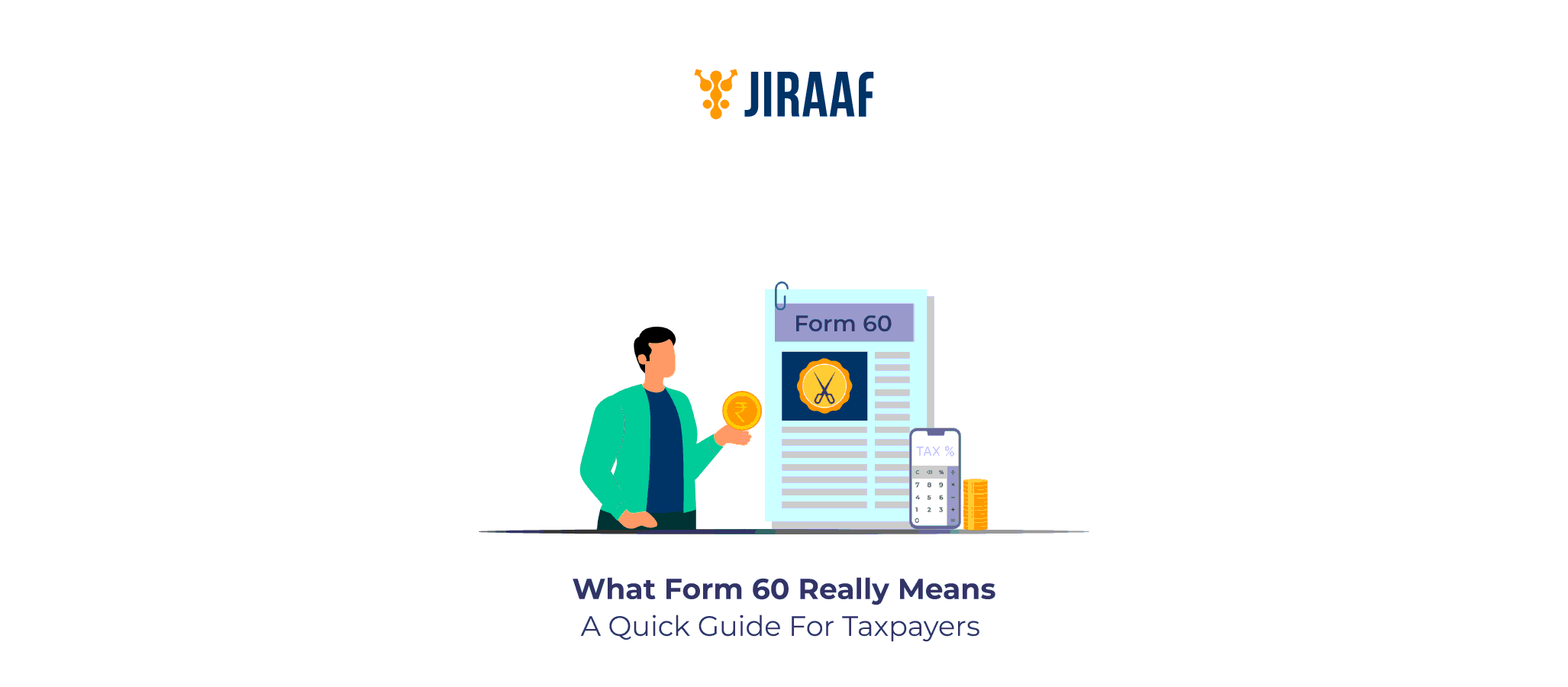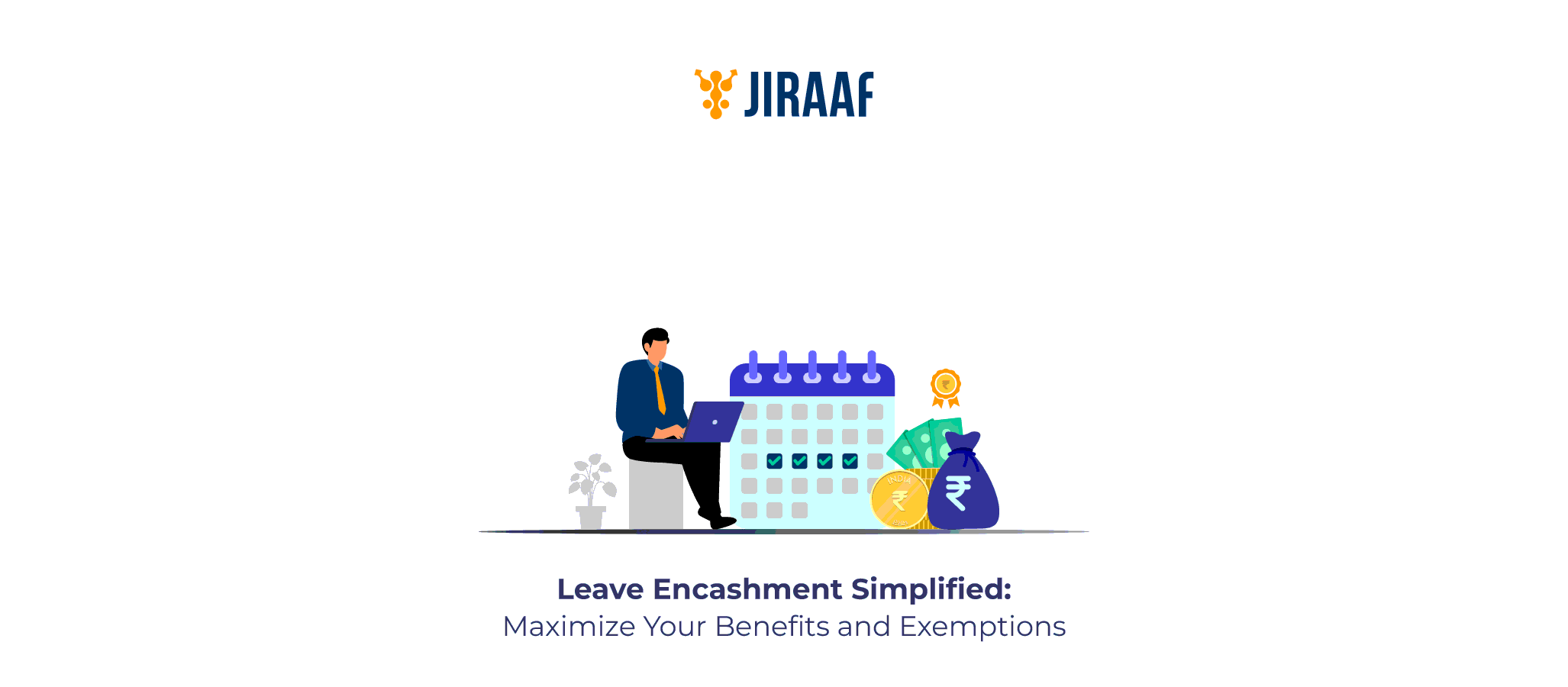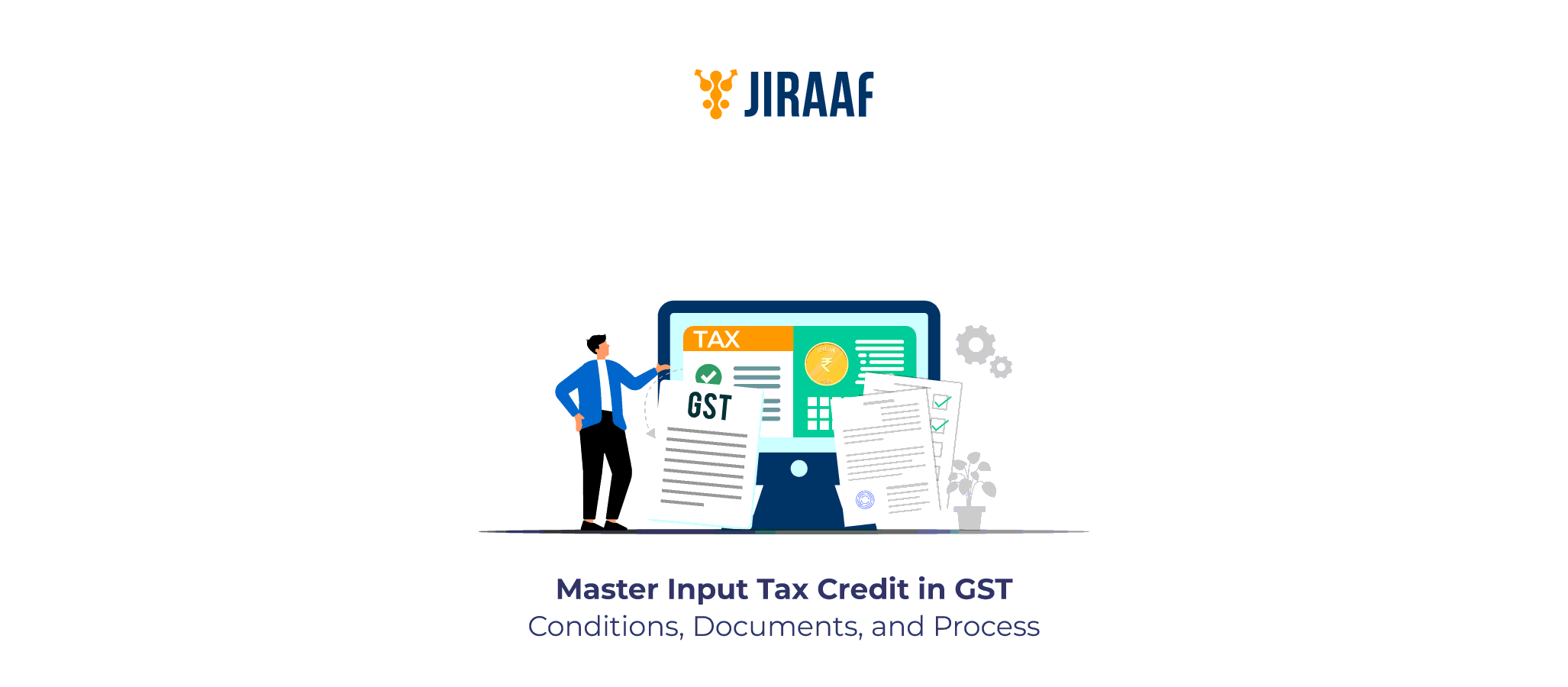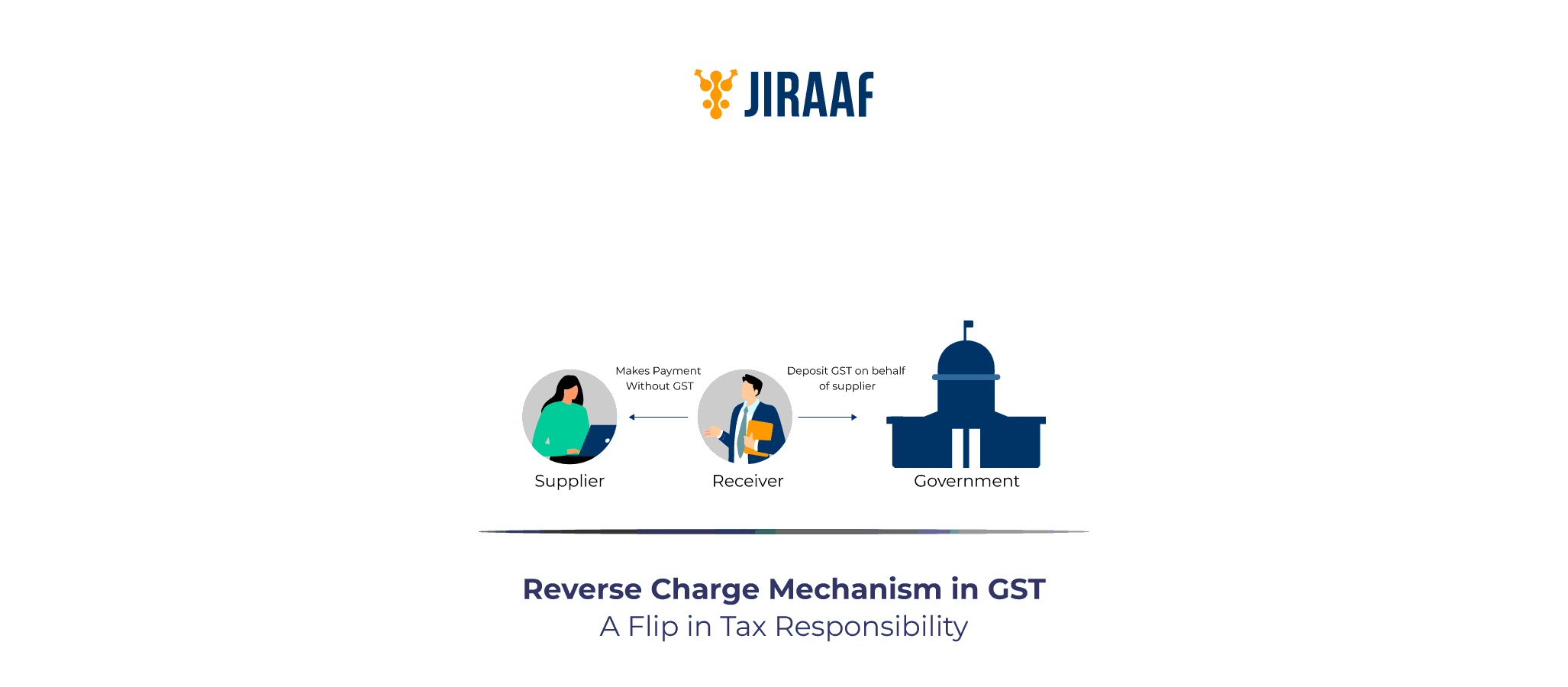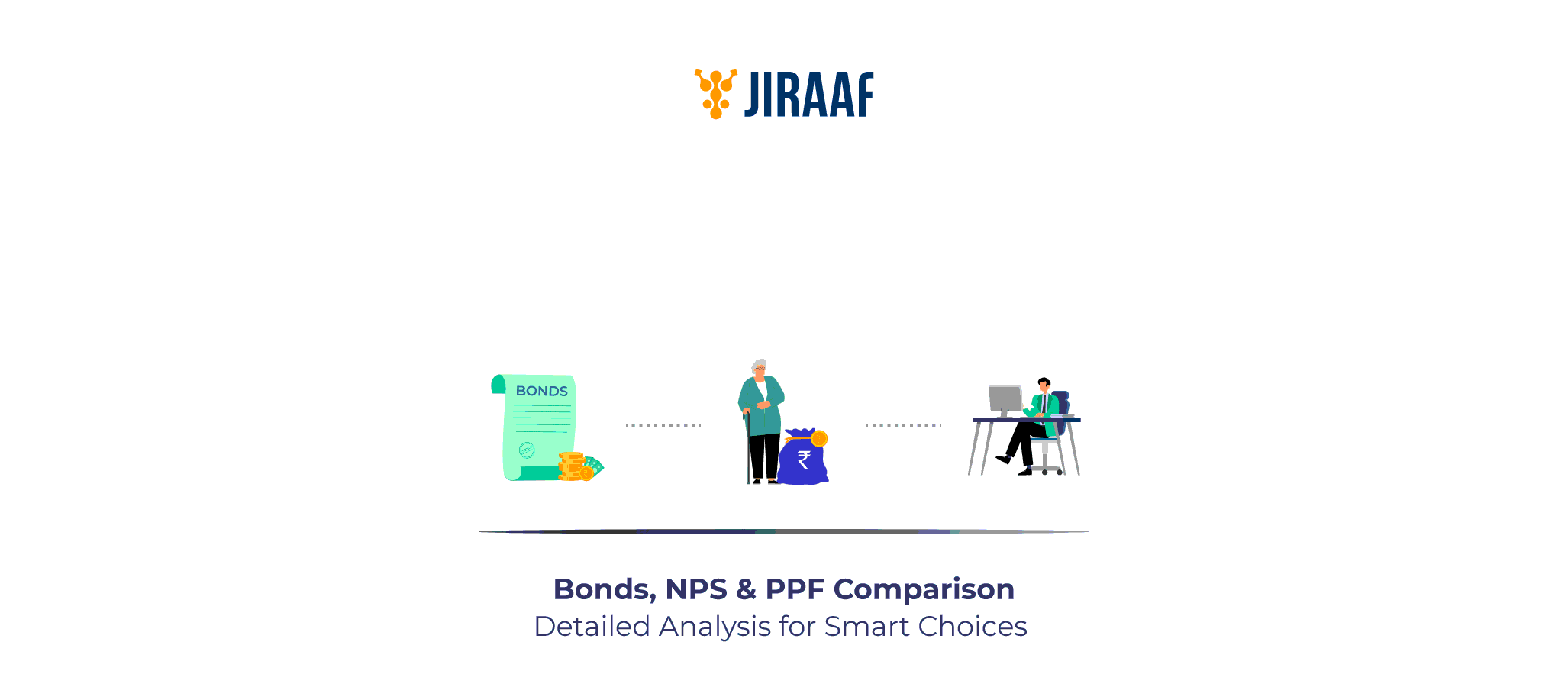Whenever you make certain financial transactions—like purchasing a car, investing in fixed deposits, or applying for a loan—you’re usually asked to provide your PAN or Permanent Account Number. But what if you do not have your PAN card? Will you still be able to make those transactions?
Well, yes you can, with form 60.
In this blog, you’ll learn what Form 60 is, when it’s required, and how it works under income tax rules.
What is Form 60?
Form 60 is a declaration submitted by individuals who don’t have a Permanent Account Number (PAN) but still need to carry out certain financial transactions listed under Rule 114B. It basically acts as an alternative to quoting a PAN, helping the income tax department keep such transactions transparent and compliant.
When is Form 60 Required in India?
In most cases, people use Form 60 when their income is below the taxable limit or when their PAN application is still being processed. But if someone’s total income (other than agricultural income) is above the basic exemption limit, they can use Form 60 only if they’ve already applied for a PAN and can share the application date and acknowledgment number.
Key Transactions Requiring Form 60
Here are some of the key transactions were submitting Form 60 becomes necessary:
- Opening a bank account (other than a basic savings deposit account or a time deposit)
- Time deposit (Fixed Deposit, Recurring Deposit, etc.) with a bank, post office, Nidhi company, or NBFC: Amount exceeding ₹50,000 in a single transaction or aggregating to more than ₹5,00,000 over the course of the financial year.
- Making a one-day cash deposit of more than ₹50,000 at a bank or post office
- Applying for debit or credit cards
- Purchasing or selling of real estate if the registered sale price or Stamp Duty Value is at least ₹10 lakh or more
- Buying automobiles (apart from two-wheelers), regardless of their worth
- Paying more than ₹50,000 in cash at once to a hotel or restaurant against a bill or bills
- Payment in connection with travel to any foreign country or for the purchase of any foreign currency, where the cash payment exceeds ₹50,000 at any one time.
- Putting more than ₹50,000 into units of a Mutual Fund, or for acquiring debentures or bonds issued by a company/institution, or for acquiring bonds issued by RBI.
- Transactions involving securities (other than shares) or unlisted company shares worth more than ₹1,00,000 per transaction.
- Purchasing and selling of goods and services (other than those specified above) in a single transaction where the value exceeds ₹2,00,000.
- Payment of life insurance premium aggregating to more than ₹50,000 in a financial year.
Do you think Form 60 covers it all? Meet its close cousin, Form 61.
What is Form 61?
Form 61 is a statement that contains the particulars of all declarations received in Form 60 (or a declaration in Form 61 itself) by a person who has received such declarations for transactions specified under Rule 114B. It is submitted by the reporting entity (e.g., bank, registrar, mutual fund house) to the Income Tax Department.
The entities that receive Form 60 from individuals who don’t have a PAN, or receive a declaration in Form 61 from an individual who has only agricultural income and no taxable income, must submit this information to the Income Tax Department via Form 61.
In simple terms, Form 61 is used by financial institutions and other specified reporting entities to relay to the income tax authorities the details of transactions where a Form 60 was submitted in place of a PAN.
Form 60 vs Form 61: What’s the Difference?
Although Form 60 and Form 61 are frequently confused, they have distinct functions under the Income Tax Rules.
| Feature | Form 60 | Form 61 |
| Purpose | Declaration submitted when an individual does not have a PAN while carrying out certain financial transactions | Declaration submitted by individuals whose income is only from agriculture (and who are not required to have a PAN) when undertaking specified transactions; reporting entities later compile and submit summaries to the Income Tax Department |
| Who Uses It | Individuals without a PAN | Individuals with only agricultural income and no PAN; reporting entities collect these forms and report the summary (via Form 61A) |
| When Used | While making transactions like fixed deposits, property purchase, or buying vehicles | When persons having only agricultural income (and no PAN) enter specified transactions where PAN is normally required |
| Legal Relevance | Ensures compliance with Income Tax rules for transactions requiring PAN (non-agricultural income) | Maintains transparency for agricultural income cases exempt from PAN under Income Tax Rule 114B |
| Scope | Applies mainly to financial transactions exceeding specified limits | Applies only to transactions by individuals or entities whose income is solely from agriculture (or as otherwise exempted) |
No more theory—let’s roll up our sleeves and see how to fill out Form 60.
How to Fill and Submit Form 60
Here’s a simple step-by-step guide to help you fill and submit Form 60 correctly:
- Get the Form: You can obtain Form 60 either by downloading it from the Income Tax Department’s website or by collecting a hard copy from your bank or post office.
- Fill in all the Details: Fill in your personal details, including your full name, your father’s name, and your date of birth, and provide your complete residential address as it appears in your official documents.
- Provide ID Proof and Transaction Details: Add your Aadhaar number or other valid ID, specify the type of transaction, amount, and date.
- Explain PAN Absence: Explain why you do not have a PAN, such as “Not applied” or “Total income does not exceed the maximum amount not chargeable to tax”. If your total income (excluding agricultural income) exceeds the basic exemption limit, you must state that you have applied for a PAN and provide the date of application and the acknowledgment number. Attach all necessary supporting documents, including Aadhaar card, passport, voter ID, or utility bills.
- Declaration and Submission: Carefully read the declaration to ensure all information is accurate, then sign the form or provide your thumb impression before submitting it to the bank, post office, or relevant financial institution.
Filling in is easy, but without the right documents, your Form 60 won’t go anywhere.
Documents Required with Form 60
You must include legitimate identification and proof of address with your Form 60 submission. Among the widely recognized documents are:
- Aadhaar card
- Voter ID card
- Passport
- Driving license
- Ration card
- Electricity bill / Telephone bill / Gas bill (recent)
- Bank account statement / Post office passbook
- Any government-issued ID card
Your name and address must appear clearly on the supporting paperwork, which also needs to be current.
Conclusion
Form 60 may look like a small piece of paperwork, but it plays a big role in keeping your financial transactions legitimate when you don’t have a PAN. Whether you’re opening a bank account, investing, or buying property, it ensures the process stays transparent and within the rules.
If your income is below the taxable limit or your PAN application is still pending, Form 60 lets you move ahead without unnecessary roadblocks. Just make sure every detail is accurate, and the required documents are in place.
Handled correctly, Form 60 doesn’t just keep you compliant—it keeps your financial record clean, and your transactions hassle-free.
